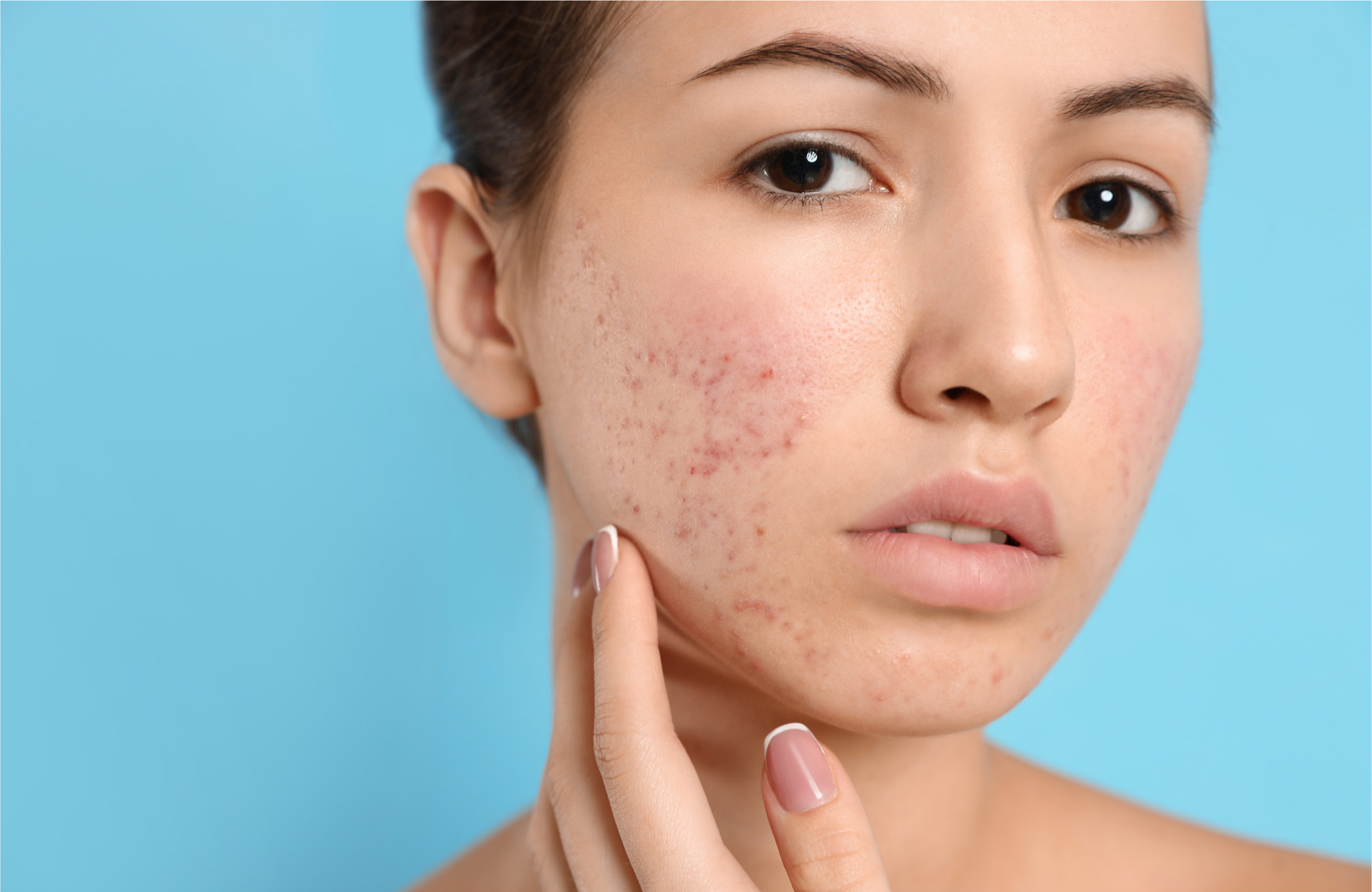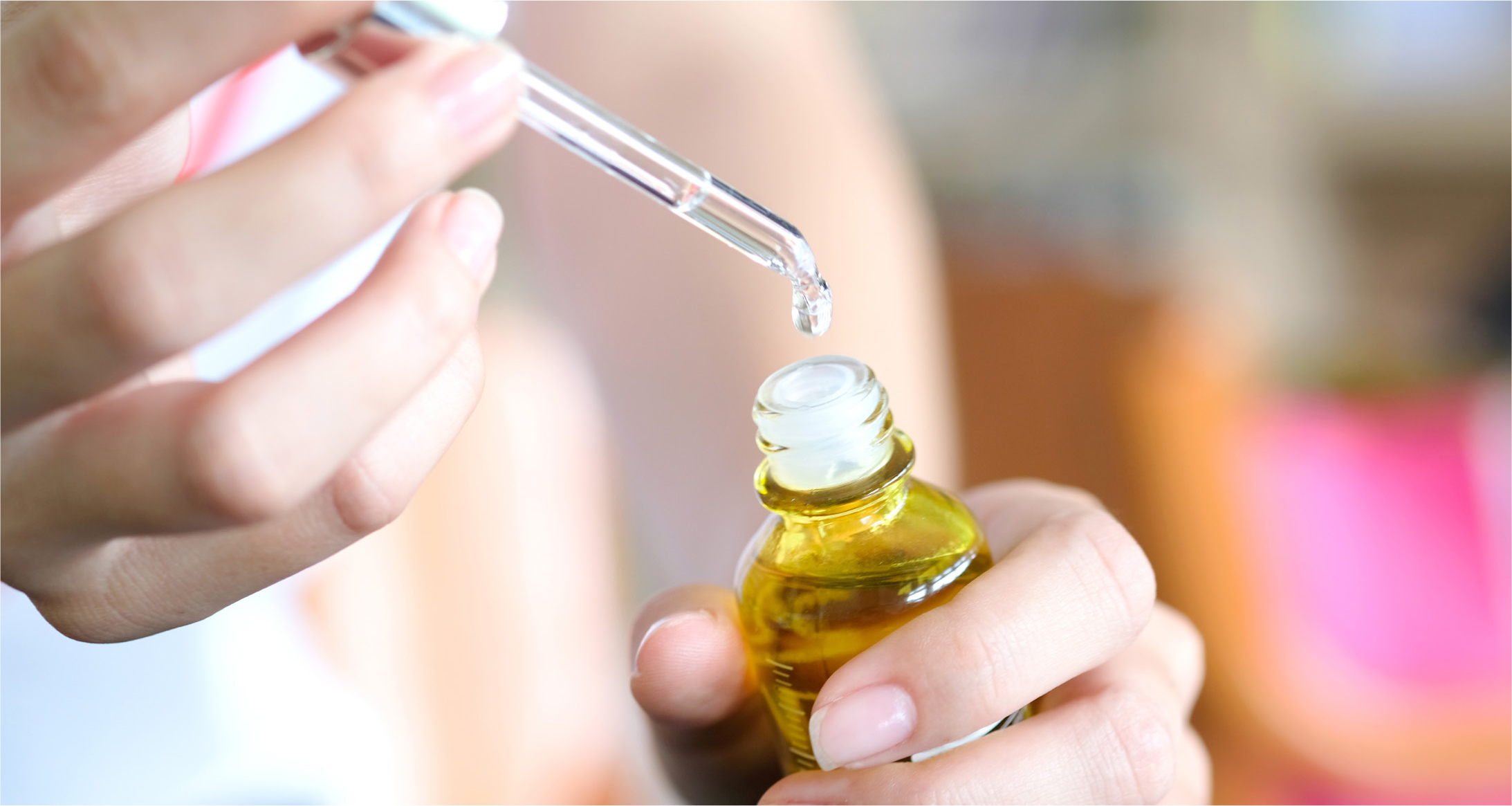
The term cosmeceutical was coined by Dr Albert Kligman in 1984 and is a fusion of the terms ‘cosmetic’ and ‘pharmaceutical’ (Tsai, 2008; Barros and Zaenglein, 2017). Falling into the personal care products industry, cosmeceuticals are a multibillion dollar industry in the US and are growing in sales and popularity (Barros and Zaenglein, 2017). Sometimes known as ‘functional cosmetics’, they are an over-the-counter product that do ‘more than colouring the skin and less than a therapeutic drug’—a cosmetic that exerts a pharmaceutical therapeutic effect but not biologically (Tsai, 2008; Draelos, 2009). The boundary between ‘active’ and ‘inert’ ingredients is blurred in a cosmeceutical formulation (Lintner, 2009). Under UK law, a product can be a drug, a cosmetic or a combination of both; however, cosmeceuticals are not a legal entity themselves in the UK. This is also true of US and EU law; however, in South Korea and Japan, they are known as quasi-drugs (Tsai, 2008).
As a result of this, clinical trials for cosmeceuticals are mainly in-vitro, leaving manufacturer claims open to criticism (Barros and Zaenglein, 2017). The consistency of formulations is unknown, and inadequate concentrations may exist with no beneficial effect (Rivers, 2008). In fact, it is argued it is in the interest of manufacturers to promote active ingredients at lower strengths, withholding further biological effects in the skin, because the opportunity conveniently requires less extensive and lower evidence based clinical trials; ultimately a less expensive process (Tsai, 2008). Legally, manufacturers do not have to prove the safety of a cosmeceutical as extensively as a drug must be proven, as long as they can prove ingredients are not toxic and meet rigid chemical, physical and medical standards (Tsai, 2008). Often, cosmeceuticals are based on weaker versions of formula adapted from their pharmaceutical parent families, but new natural and synthetic ingredients are emerging year on year (Draelos, 2009).
Several considerations need to be given when selecting cosmeceuticals. If they are to work, they must penetrate the skin barrier to deliver the active ingredient effectively. The active ingredients must be stable (meaning they do not go off or oxidise quickly), ideally have a low side effect profile and the vehicle by which the active ingredient carried suitable (Draelos, 2009).
Treating acne vulgaris
Acne vulgaris is a chronic inflammatory disease of the skin, affecting the pilo-sebaceous unit (Watkins, 2010; Abdel Hay, 2016). It is characterised by several symptoms: oily skin, rough skin texture, spots, comedones, inflamed areas and, if severe, can lead to nodules and cysts (Watkins, 2010). The actual cause of acne is unknown, but important factors in its development are an increased rate of secretion of sebum, obstruction and inflammation of the pilosebaceous ducts and bacteria (Hubbard, 2019). Propionibacterium acnes play a large part in acne pathology (Watkins, 2010).
Furthermore, triggers of acne seem to be androgens (Watkins, 2010). Sebum increases are stimulated by hormones, resulting in a higher level of interleukin-36 cytokines being present, triggering an inflammatory response (Hubbard, 2019). Inflammation of sebaceous glands leads to overproduction of sebum, changes in fatty acid composition, resulting in keratinisation of the pilosebaceous unit, formation of comedones, lesions, erythema, hyperpigmentation and scarring (Hubbard, 2019).
 Antibiotic resistance to acne vulgaris is a growing problem and it means doctors must find alternatives
Antibiotic resistance to acne vulgaris is a growing problem and it means doctors must find alternatives
Acne is generally graded into mild, moderate and severe, though diagnosis of acne should always be in light of a standard medical assessment model such as Calgary-Cambridge (Kurtz et al, 2003; Watkins, 2010). There is a lack of consensus on the exact grading criteria and this hampers conduction and comparison of randomised controlled trials evaluating treatments; over 25 grading scales appear in published literature (Fisk 2014, Hubbard, 2019).
Traditional, medical methods of treating acne centre around antibiotic use and oral isotretinoin (Hubbard, 2019). However, antibiotic use is becoming outdated and a shift away from antibiotic use is prevailing. Acne is no longer being treated with antibiotics as an acute infection, rather as a chronic inflammatory disease, as defined above. Antibiotic resistance is a growing problem and it means doctors must find alternatives. Historically, hyperpigmentation has been treated with topical retinoids and/or hydroquinone (Draelos, 2009).
Acne can leave several types of scars: box, ice-pick, rolling, keloidal and hyperpigmentation scars, generally known as post-inflammatory hyperpigmentation (Watkins, 2010). After any inflammation of the epidermis, discolouration caused by excess melanin pigmentation may follow. Changes in response to these inflammatory insults cause the release of substances that alter the activity of the immune cells and melanocytes, and macular brown patches may occur at any site.
By using an evidence-based approach such as BestBETs (https://bestbets.org/home/bets-introduction.php), it is possible to appraise the literature and suggest a protocol based on a three part BestBETs question such as:
Is there a preferred cosmeceutical regime for patients of any skin type, presenting with mild/moderate active acne, for example, on the forehead, but otherwise just oily skin on the cheeks with hyperpigmented areas following lesion resolution?
Literature search
Acne is a vast subject; using just the MeSH search term ‘acne’ in EMBASE and limiting search terms to 2019 and review article types, a staggering 2873 results were returned.
However, the MeSH heading ‘cosmeceutical’ brought back 632 articles when limits were set for the past 10 years.
Lastly, when the MeSH term ‘hyperpigmentation’ was searched using a 10-year limit for review articles, 361 results were returned.
When ‘acne’ and ‘cosmeceutical’ were combined, 24 results were returned, while ‘hyperpigmentation’ and ‘acne brought back 38 results. When ‘hyperpigmentation’ and ‘cosmeceutical’ were combined, 35 results came back, while when ‘hyperpigmentation’ was combined with the terms ‘acne’ and ‘cosmeceutical’, it returned just one result. Articles with relevant matches are noted in Table 1.
Table 1.
| Author, date, country | Study type and level of evidence | Key points |
|---|---|---|
| Draelos, 2007. US | Review level IIIB | Keynote paper on the study of hydroquinone and skin lightening preparations in relation to PIH caused by acne. The paper concludes that it can be used in a safe manner when prescribed under the direction of a dermatologist. The author suggests arbutin as the cosmeceutical of choice otherwise |
| Green et al, 2009. US | Review level IIIB | Key paper on hydroxy acids.NB. paper sponsored by manufacturer (NeoStrata) |
| Fisk, 2014. US | Systematic review—level IB | Review of botanicals for use in hyperpigmentation and acne. The authors conclude that arbutin is suitable for hyperpigmentation but, otherwise, while promising, botanicals to treat mild to moderate acne are not yet proven with high quality evidence due to methodological flaws in research |
| Randhawa et al, 2014. US | Cohort study level III | 52 week randomised controlled trial with controlled vehicle but no placebo. 60 women with skin types I-III trialled and followed up at 3, 6, 9 and 12 months. Sustained anti-hyperpigmentation benefits with daily application of cosmeceutical formula containing 0.1% stabilised retinol. NB. trial sponsored by Johnson & Johnson |
| Barros and Zaenglein, 2017. US | Review level IIIB | In-depth review on cosmeceutical use in acne.Highlight study by Shalita et al; prospective and double-blind 12-week multicentre study comparing niacinamide 4% gel and clindamycin 1% gel.Other in vivo retinoid and glycolic acid studies mentioned include Lee et al and Abels et al. Also cites Van Scott and Yu keynote paper from 1984. |
A Cochrane Library search using the terms ‘acne’ and ‘hyperpigmentation’ returned a review on Interventions for acne scars (Abdel Hay et al, 2016). This review focuses on atrophic and hypertrophic acne scars.
The review discusses cosmeceutical ingredients in relation to chemical peels. The lack of a validated, standardised improvement scale was highlighted in this review regarding glycolic acid, phenol, salicylic acid, mandelic acid and trichloroacetic acid peels. Cosmeceutical skincare products related to the treatment of hyperpigmentation and the acne disease itself were not actually covered in the review, thus it was disregarded as a result.
It would seem that combined classes of cosmeceuticals provide the best solution in this BestBets scenario. Each section below will present evidence for the use of particular active ingredients relevant to these classes, i.e. skin lightening and botanicals, hydroxyl acids, retinoids and vitamins.
Skin lightening and botanicals
Draelos' key review back in 2007 highlighted that hydroquinone remained the most effective prescription lightening agent known to date, but that its safety profile was not clear, making it subject to controversy. Its mechanism of action is essentially through tyrosinase inhibition.
Botanicals that use the same pathways as hydroquinone are, of course, most attractive to employ in the cosmeceutical realm. Arbutin contains a structure similar to hydroquinone. Draelos argues Arbutin is the most effective OTC cosmeceutical alternative to hydroquinone, with the synthetic form deoxyarbutin most efficient (Draelos, 2007).
Draelos' views are generally reinforced years later in Fisk et al's (2014)Systematic Review of botanicals for hyperpigmentation. Between April and August 2013, the authors searched EMBASE and MEDLINE for published clinical studies examining the use of plant-derived products for the treatment of hyperpigmentation. The review highlights the alpha-arbutin compound, which is structured as a beta-D-glucopyranoside (derivative of hydroquinone). Arbuitin is obtained most abundantly from the leaves of the bear-berry plant (Fisk et al, 2014). It is a naturally occurring glucopyranoside, causing decreased tyrosinase activity without affecting messenger RNA expression. It is not toxic but, paradoxically, if dosed too high, can produce pigment darkening as a result of PIH, an unwanted side effect (Draelos, 2007).
 Vitamin C, also known as ascorbic acid, interrupts the production of melanogenesis by interacting with copper ions to reduce dopaquinone
Vitamin C, also known as ascorbic acid, interrupts the production of melanogenesis by interacting with copper ions to reduce dopaquinone
That said, PIH itself was not specifically evaluated in any of the review studies, because PIH may occur through a distinct mechanism involving aberrant dermal transfer of melanin (Fisk et al, 2014). More studies are needed to specifically address PIH. Furthermore, interpretations of results are flawed by inconsistencies in study methodology and botanical extract method, potency of composition and proprietary barriers. Controlling variables such as sun exposure and use of sunscreens is also difficult in clinical studies (Fisk et al, 2014).
Exfoliation and hydroxy acids
In the 1970s, Van Scott and Yu discovered the topical effects of hydroxy acids (HAs) on hyperkeratinisation when prepared at the alpha or beta position. The effect of such acids produces an immediate detachment of the hyperkeratotic stratum corneum at its innermost level, the stratum compactum, distal to the stratum granulosum, and thus provides beneficial effects to acneic skins, smoothing roughness and scaling. This is likely through a mechanism of disrupting ionic bonding and creating a negatively charged environment within the epidermis (Green et al, 2009; Barros and Zaenglein, 2017).
The smallest molecule in the alpha HA (AHA) family is glycolic acid (GA), which is naturally derived from sugar cane and belongs to a group of organic carboxylic acids that have a hydroxy group substituted at the alpha carbon. Other AHAs are lactic acid, mandelic acid and citric acid. Such acids are water soluble and hydrophilic.
Beta hydroxy acids (BHAs) have the hydroxy group at the beta carbon, thus the major difference between them and AHAs is that they are hydrophobic and lipophilic and, as a result, can enter the pilo-sebaceous unit. The result of this decreases sebum production—sebum being the food for the propionibacterium (Green et al, 2009; Barros and Zaenglein, 2017).
Barros and Zaenglein's 2017 review highlights Abel et al's 2011 double-blind, placebo-controlled and randomised 90-day single centre clinical trial involving 120 patients over 12 years old with mild acne (Leeds Scale) to study GA 10% in oil-water emulsion, compared with the oil in water emulsion only. After 90 days, the Leeds Scale was reduced in the treated group and assessed as clinically relevant.
Cell turnover treatment and retinoids
Retinoic acid and its synthetic derivatives (i.e. tazarotene) are prescription-only drugs, while retinol and retinaldehyde are cosmeceutical retinoids (Barros and Zaenglein, 2017). The conversion of retinoids to retinoic acid (the active form of vitamin A), which then binds to nuclear transcription factors, is tightly regulated. There are several retinoid mechanisms of actions: tyrosinase inhibition, increased keratinocyte turnover and increased keratinocyte pigment granule dispersal (Fisk et al, 2014). General side effects of retinoids include erythema, irritation and desquamation, though these are dose-related. A molecular, histological and clinical study reported by Barros concludes that topical retinol, when compared to vehicle in-vivo, is biologically similar in effect to retinoic acid, with less irritation and erythema (Barros and Zaenglein, 2017).
Randhawa et al (2014) report results of a 52-week, double-blind and randomised balanced full-face vehicle-controlled study in 60 healthy female subjects aged between 40 and 55 and of Fitzpatrick Skin Type I–III using a preparation containing stabilised 0.1% retinol or the vehicle. Subjects had moderate hyperpigmentation. Clinical evaluations were performed by investigators at 3, 6, 9 and 12 months and showed tolerance of the formula, as well as significantly improved parameters associated with discrete and mottled hyperpigmentation and skin tone evenness (Randhawa et al, 2014).
Lee et al (2011) conducted a prospective, double-blind and randomised 12-week multicentre trial with 97 South Korean patients with mild to moderate acne to compare a combination cosmeceutical cream—0.03% retinol, 0.7% rose extract (anti-inflammatory) and 0.05% hexamidine diisethionate (antibacterial) with adapalene 0.1% gel. All showed improvement; however, the tolerability profile of the combination cosmeceutical caused less irritation. No statistical significance was observed between the two topicals (Barros and Zaenglein, 2017).
Vitamins
Vitamin C, otherwise known in its most active form as ascorbic acid, is mainly used for its antioxidant properties in prevention of photodamage. However, its action is proven to interrupt the production of melanogenesis by interacting with copper ions to reduce dopaquinone. It also blocks dihydroxochinidiol-2-carboxylic acid oxidation. However, because ascorbic acid is rapidly oxidised and highly unstable, biologically active formulas are difficult to produce. Ascorbic acid is a poor skin lightening agent used alone and is more successfully combined with liquorice extract and soy (Draelos, 2007).
Niacinamide is also known as nicotinamide, and is the active amide form of niacin (also known as nicotinic acid or vitamin B3). It is readily absorbed by the skin and has been reported to have a variety of effects when applied topically to the skin. These include a sebostatic effect, an antimicrobial action, inhibition of melanosome transfer, increased ceramide synthesis and anti-inflammatory properties (Barros and Zaenglein, 2017).
Barros highlights a study by Shalita et al, who performed a prospective and double-blind 12-week multicentre study comparing niacinamide 4% gel and clindamycin 1% gel. This included 76 subjects with moderate inflammatory acne. After 8 weeks, a reduction in acne severity was noted, indicating that these topicals have a similar efficacy in treating moderate inflammatory acne. Long-term data and follow-up are necessary to gauge if this effectiveness can be sustained. Niacinamide may be a suitable option to minimise antibiotic therapy (Barros and Zaenglein, 2017).
Conclusion
The suggested non-prescription cosmeceutical regime can be seen in Table 2.
Table 2. Suggested non-prescription cosmeceutical regime
| AM | PM |
|---|---|
| Glycolic/salicylic face wash (all over) | Glycolic/salicylic face wash (all over) |
| Glycolic serum 5–20% (cheeks) | Lightening cream with Arbutin (cheeks) |
| Niacinamide 0.4% gel (forehead) | Retinol (cheeks - start with lowest %) |
| SPF (oil free) | Niacinamide 0.4% gel (forehead) |
Key points
- The term ‘cosmeceutical’ was coined by Dr Albert Kligman in 1984 and is a fusion of the terms ‘cosmetic’ and ‘pharmaceutical’
- Under UK law, a product can be a drug, a cosmetic or a combination of both; cosmeceuticals are not a legal entity in themselves
- Cosmeceuticals are often based on weaker versions of formula adapted from their pharmaceutical parent families, but new natural and synthetic ingredients are emerging year on year
- Many skin conditions are treated successfully with cosmeceuticals such as ageing, hyperpigmentation, scars and acne
- Cosmeceuticals are becoming preferable to using antibiotics in the case of mild to moderate acne to reduce potential resistance.
CPD reflective questions
- In your own words, write down your understanding of a cosmeceutical
- Name at least three classes of cosmeceuticals
- Which active ingredients are effective at treating hyperpigmentation?
- Which active ingredients are effective at reducing oil and bacteria?
- Which active ingredients are effective at smoothing skin?



